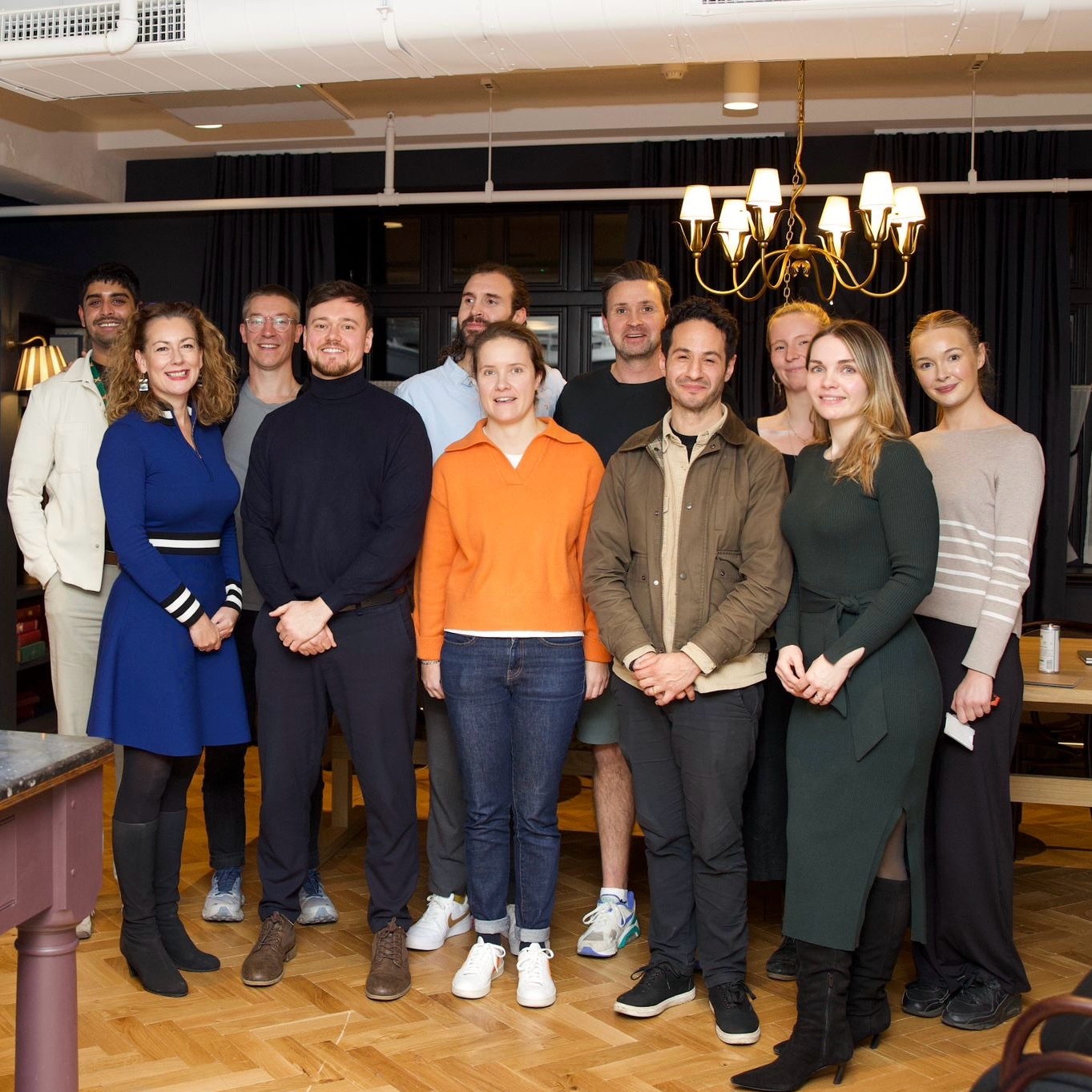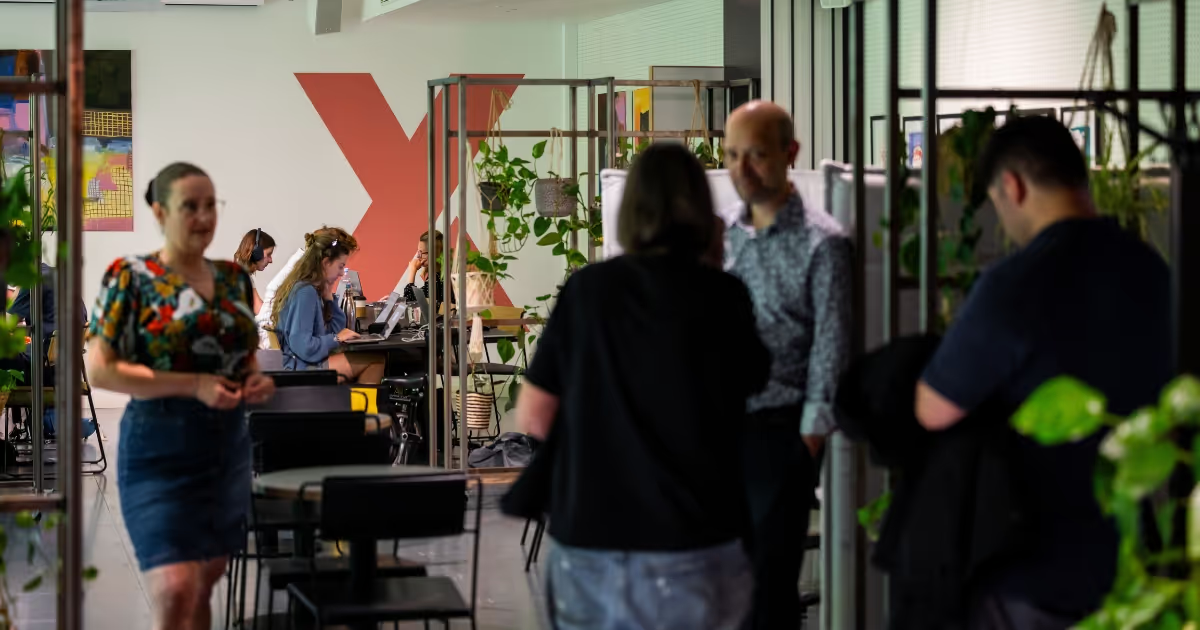Skills shifts have accompanied the introduction of new technologies in the workplace since at least the Industrial Revolution, but adoption of automation and artificial intelligence (AI) will mark an acceleration over the shifts of even the recent past. The need for some skills, such as technological as well as social and emotional skills, will rise, even as the demand for others, including physical and manual skills, will fall. These changes will require workers everywhere to deepen their existing skill sets or acquire new ones. Companies, too, will need to rethink how work is organised within their organisations.
Skills shifts have accompanied the introduction of new technologies in the workplace since at least the Industrial Revolution, but adoption of automation and artificial intelligence (AI) will mark an acceleration over the shifts of even the recent past. The need for some skills, such as technological as well as social and emotional skills, will rise, even as the demand for others, including physical and manual skills, will fall. These changes will require workers everywhere to deepen their existing skill sets or acquire new ones. Companies, too, will need to rethink how work is organised within their organisations.
{{divider}}
Technological Transitions
{{divider}}
Over the next ten to 15 years, the adoption of automation and AI technologies will transform the workplace as people increasingly interact with ever-smarter machines. These technologies, and that human-machine interaction, will bring numerous benefits in the form of higher productivity, GDP growth, improved corporate performance, and new prosperity, but they will also change the skills required of human workers.
{{divider}}
All technological skills, both advanced and basic, will see a substantial growth in demand. Advanced technologies require people who understand how they work and can innovate, develop, and adapt them. Research by McKinsey suggests that All technological skills, both advanced and basic, will see a substantial growth in demand. Advanced technologies require people who understand how they work and can innovate, develop, and adapt them.
{{divider}}
However, there is also a significant need for everyone to develop basic digital skills for the new age of automation. The need for finely tuned social and emotional skills will rapidly grow. Accompanying the adoption of advanced technologies into the workplace will be an increase in the need for workers with finely tuned social and emotional skills—skills that machines are a long way from mastering.
{{divider}}
While some of these skills, such as empathy, are innate, others, such as advanced communication, can be honed and taught. The rise in demand for entrepreneurship and initiative taking will be the fastest growing in this category, with a 33 percent increase in the United States and a 32 percent rise in Europe. The need for leadership and managing others will also grow strongly.
{{divider}}
There will be a shift in demand toward higher cognitive skills. Demand for higher cognitive skills, such as creativity, critical thinking, decision making, and complex information processing, will grow, while work activities that require only basic cognitive skills, such as basic literacy and numeracy, will decline as automation advances. Basic data-input and -processing skills will be particularly affected by automation.
{{divider}}
The need for most physical and manual skills will decline, but they will remain the largest category of workforce skills. The mix of physical and manual skills required in occupations will change depending on the extent to which work activities can be automated. For example, operating vehicles or stocking and packaging products are more susceptible to automation than are assisting patients in a hospital or some types of cleaning.
{{divider}}
Shifting Trends
{{divider}}
While the analysis highlights many similarities in the changing patterns of skills and requirements, there is also industry specific variation. The financial-services sector contains a range of potential uses for AI, especially in forecasting risk and personalising the marketing of products to customers. The number of workers such as tellers, accountants, and brokerage clerks will decline as automation is adopted.
{{divider}}
In healthcare, automation and AI will change the interaction among patients and professionals. The demand for care providers, such as nurses, will continue to see growth, while the demand for office-support staff will see decreases because of automation of tasks related to record keeping and administration.
{{divider}}
Demand for advanced IT skills, basic digital skills, entrepreneurship, and adaptability will see the largest double-digit cumulative growth. However, demand for skills such as inspecting and monitoring patient vitals and medical equipment will stagnate, despite the overall growth in healthcare, as machines take over more routine tasks.
{{divider}}
COVID caused mass disruption and reconfigurations in global supply chains. The next wave of automation and AI in manufacturing will further disrupt production functions in factories through better analytics and increased human-machine collaboration. It will also have an impact on product development and on marketing and sales.
{{divider}}
The overall need for physical and manual skills in the sector is decreasing at more than twice the rate of that for the whole economy. However the number of professionals such as sales representatives, engineers, managers, and executives are expected to grow. This will lead to growth in the need for social and emotional skills, especially advanced communication and negotiation, leadership, management, and adaptability.
{{divider}}
On our high-streets, smart automation and AI will continue to reshape the revenue and margins of retailers as self-checkout machines replace cashiers, robots restock shelves, machine learning improves prediction of customer demand, and sensors help inventory management.
{{divider}}
How Can Organisations Adapt?
{{divider}}
To harness the new technologies to their full effect, companies will need to retool their corporate structures and their approaches to work. That change will require redesigned business processes and a new focus on the talent they have and the talent they need.
{{divider}}
Research conducted by McKinsey during the pandemic suggests that organisations will change in five key areas including mind-set, organisational setup, work-activity allocation, workforce composition, and C-suite and HR understanding and functions.
{{divider}}
A key to companies’ future success will be in providing continuous learning options and instilling a culture of lifelong learning throughout the organisation. Introducing more agile ways of working will be a high-priority organisational change, alongside more cross-functional collaboration as a key going forward.
{{divider}}
Unlike traditional hierarchies, which are mainly designed for stability, agile organisations are designed for both stability and dynamism. They typically consist of a network of teams and are notable for rapid learning and fast decision cycles. Altering work allocation will allow companies to make the most effective use of different qualification levels in their workforce.
{{divider}}
Unbundling and re-bundling work raises company efficiency and can also create a new set of middle-skill, “new-collar” jobs. For example, registered nurses and physician assistants now do some of the tasks that primary care physicians once carried out, such as administering vaccinations and examining patients with routine illnesses.
{{divider}}
Workforce composition will also shift. More work will be done by freelancers and other contractors, a shift that will boost the emerging “gig” or “sharing” economy. Building the workforce of the future requires retraining, redeployment, rehiring, contracting and releasing.
{{divider}}
Retraining involves raising the skill capacity of current employees by teaching them new or qualitatively different skills and hiring entry-level employees with the goal of training them in the new skills needed. These actions ensure that in-house functional knowledge, experience, and understanding of company culture are preserved as employees acquire the skills they need.
{{divider}}
A key choice for companies will be whether to pursue training using in-house resources and programs tailored to the company or to partner with an educational institution that will provide external learning opportunities for employees. Many companies plan to focus retraining efforts on skills that are deemed to be of strategic importance to the company, such as advanced IT skills and programming, advanced literacy skills, critical thinking, and problem solving.
{{divider}}
Companies can redeploy workers with specific skills to make better use of the skill capacity already available to them. They can do this by unbundling the tasks within a job and then re-bundling them in different ways, by shifting parts of the workforce to other tasks that are of higher importance or to other entities, or by redesigning work processes.
{{divider}}
When it comes to hiring, acquiring individuals or entire teams of people with required skill sets is another option—although the supply of talent in the market might be insufficient for all companies to pursue this strategy. The total cost of hiring might be lower than some of the other options, including retraining, depending on the skills needed.
{{divider}}
However, hiring is always a risk as to how a person will perform on the job. Additionally, it is susceptible to talent shortages in the market. To succeed at hiring key talent, companies need to offer an attractive culture and benefits as well as consider hiring from nontraditional sources.
{{divider}}
With the expansion of the gig economy, companies can deploy skills brought in from outside the organisation; for example, they can use contractors, freelancers, and temporary workers from staffing agencies. Contracting allows companies to acquire rapidly the skills they need (if such talent is available). Its downsides include potential loss of proprietary knowledge and intellectual property as well as poor fit with the company culture.
{{divider}}
Releasing employees might be necessary in some companies, particularly those in industries that are not growing very rapidly and in which automation can substitute for labor in a significant way. Often, this strategy can be accomplished by reducing or freezing new hiring while allowing normal attrition and retirement to proceed or by reducing the work hours of some employees.
{{divider}}
Releasing workers can be an opportunity to accelerate workforce transformations, with potentially significant cost savings. However, the risk is a potential loss of knowledge of the company, culture, and operations. Layoffs can also diminish employee productivity and satisfaction, and they can be difficult and costly to carry out.
{{divider}}
Companies can do much to shape the workforce of the future, but other stakeholders also have an active role to play. Working together as social partners, associations and unions have traditionally played central roles in training efforts in several European countries. Both sets of stakeholders have potentially significant roles to play in addressing shortages of certain skills and retraining in the automation era.
{{divider}}
A well-trained workforce equipped with the skills required to adopt automation and AI technologies will ensure that our economies enjoy strengthened productivity growth and that the talents of all workers are harnessed. Failure to address the demands of shifting skills could exacerbate social tensions and lead to rising skill-and-wage bifurcation.
{{divider}}
The ability to ensure the former scenario and ward off the latter will depend in large part on how well the workforce is trained and how adaptable companies and workers will prove to be in the face of multiple new challenges from automation adoption. In an era set to deliver exponential rates of progress and intelligence, it pays to be smart, adaptable, flexible and purpose-lead.
{{divider}}





.png)
.avif)


.avif)


.avif)
.avif)



